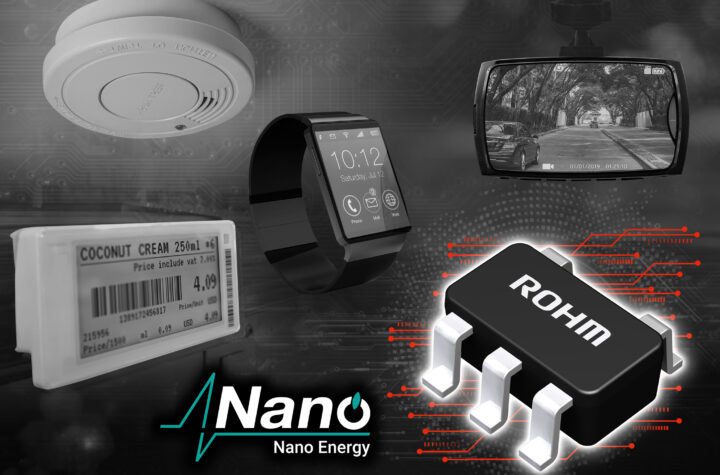 While some of the largest suppliers of automotive parts in the U.S. suffer with declining market shares, liquidity problems and low stock valuations, Johnson Controls is thriving — in part through product innovation, aggressive name-branding and by providing customers more of the components that comprise automotive interiors.
While some of the largest suppliers of automotive parts in the U.S. suffer with declining market shares, liquidity problems and low stock valuations, Johnson Controls is thriving — in part through product innovation, aggressive name-branding and by providing customers more of the components that comprise automotive interiors.
On January 16, 2003, Johnson Controls Inc. (JCI) of Milwaukee, Wisconsin, was trading on the New York Stock Exchange at $59.95 per share, marking a 52-week high and sporting a price-to-earnings ratio of 17. In its fiscal year ending September 2003, JCI managed a 5.1 percent operating margin on sales of $22.6 billion. JCI sales rose 13 percent compared to the prior year. Seventy-five percent of JCI’s output is shipped to automotive customers.
The JCI Automotive Group, which principally supplies interior and seat systems, first entered the automotive electronics market in 1996, with its $1.3 billion purchase of Holland, Michigan-based Prince Holding Corp., maker of automotive interior components and systems including HomeLink Universal Transceivers (garage door openers), electronic compasses and trip computers.
Today, Johnson Controls has become a major player in electronics as it takes advantage of its top-tier supplier status to provide many of the electrical and electronics parts that comprise automotive interiors and seats. The HomeLink RF wireless control device has progressed beyond garage door opening to also include the control of gates, entry door locks, security systems, home lighting and other systems. JCI ships about 5 million HomeLink units annually for 160 vehicle models, worldwide. According to a survey conducted in 2003 by J.D. Power and Associates, 22 percent of U.S. consumers are aware of the HomeLink brand.
Beyond HomeLink, JCI has moved aggressively into other electronics products. Its AutoVision rear-seat entertainment systems, including DVD player and LCD monitor, are designed to fit into carmakers’ interior systems.
The product has been factory installed in a variety of Ford models in North America, and Opel models in Europe. AutoVision is also designed to fit into JCI’s innovative Railport Overhead and Floor Rail storage systems, the modular packaging scheme that provides docking for a variety of electronic and electrical products. Railport will be standard equipment on 2005 General Motors crossover SUVs and on some 2005 Chrysler minivans.
One of the first companies in the world to develop Bluetooth hands-free cellular phone implementations, the JCI BlueConnect system is a factory-installed option on Chrysler’s 2004 Pacifica (as UConnect) and a standard feature on the 2004 Acura TL (as HandsFreeLink).
With a Bluetooth wireless node installed in the vehicle and a Bluetooth-enabled cell phone brought into the vehicle, the driver can talk into a headliner-mounted microphone and hear the other side of the conversation on the vehicle’s audio system.
The January 2004 introduction of Point at the North American International Auto Show marked JCI’s entrance into the navigation business. Point is a low cost, easy to use GPS navigation system that is small enough to be mounted in an overhead console.
A small display and a memory card that stores a small amount of map data keep costs low. With the press of a button, Point can display nearby points of interest such as food, gas and lodging options, as well as cross-street information to help the driver keep track of the vehicle’s location.
Johnson Controls expanded its electronics capability into instrument clusters through two recent acquisitions: the French company Sagem, in October 2001, and the German company Borg Instruments, in July 2003.
JCI is already producing Sagem instrument clusters in North America for the 2004 GM Colorado and intends to migrate Borg Instrument production to North America as well.
Given JCI’s track record, the company will almost certainly find a way to profit from the instrument cluster business and will surely add value to the instrument panels it already produces by integrating clusters into those panels. A complete company profile of Johnson Controls will be published in The Hansen Report on Automotive Electronics this spring.
Paul Hansen is a strategy consultant in Portsmouth, New Hampshire. He publishes The Hansen Report on Automotive Electronics, a business and technology newsletter. www.hansenreport.com.
- Feb 2004
- Paul Hansen














































 Supplier Tech: The Inside Track
Supplier Tech: The Inside Track



